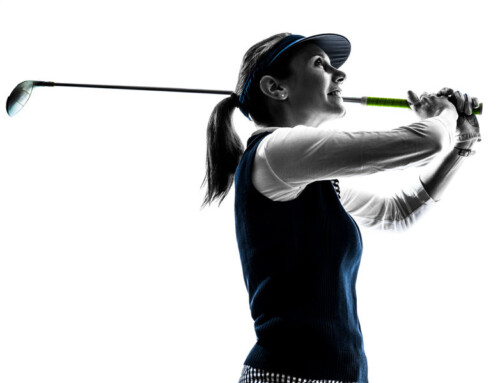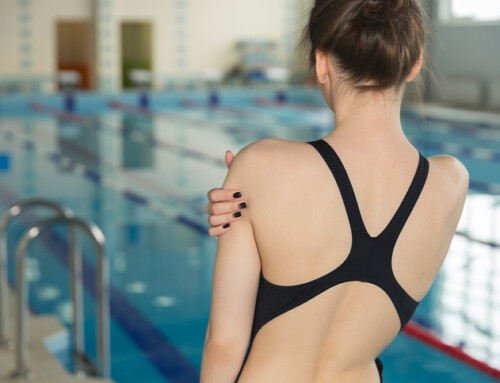By Carrin LaCoppola, SPT
What is Sports Cupping?
Sports cupping is a type of complementary and alternative medical therapy that can be used in conjunction with a number of different types of treatments and therapies, including physical therapy. Cupping therapy is used by creating negative pressure within the cups to activate local tissue metabolism, increase the process of removing toxins from the skin, and promote tissue healing. There are a number of types 
Cupping can be used on any part of the body including the face, arms, trunk, and legs. Cupping can also be used as a stationary treatment meaning leaving it over one spot for a period of time, or it could be used with movement depending on what the goal of the treatment is. The moving cup method combines the benefits of cupping and massage.
The Use of Cupping Therapy in Athletes:
As explained above, the vacuum effect used in cupping can cause vasodilation (opening of blood vessels) and increased microcirculation to the vessels under the skin to help remove toxic waste products. This increased blood flow and removal of toxins can promote tissue healing, reduce cramping, and reduce onset of fatigue in muscles that are used repetitively during a sport. For example in baseball, tennis, and throwing sports, shoulder and back musculature may need to be targeted. The effects of cupping therapy for athletes can be used in physical therapy as a way to help enhance muscle function and tissue integrity.
At Capital Area PT in Malta and Queensbury NY, sports cupping is just one of a wide array of techniques we use to help athletes heal and return to the sport they love. Contact us at 518-289-5242 (Malta) or 518-289-5242 (Queensbury) physical therapy clinics to get started.
References:
-
Shixi, H., & Yu, C. (2006). Cupping Therapy. Journal of Chinese Medicine, (82).
-
Lauche R, Cramer H, Choi K et al. The influence of a series of five dry cupping treatments on pain and mechanical thresholds in patients with chronic non-specific neck pain – a randomised controlled pilot study. BMC Complementary and Alternative Medicine. 2011;11(1). doi:10.1186/1472-6882-11-63.
-
Mohammed M, Ghani Z. Cupping Therapy: Well Forgotten Therapy. Analg Resusc Curr Res. 2016; 5:1.





